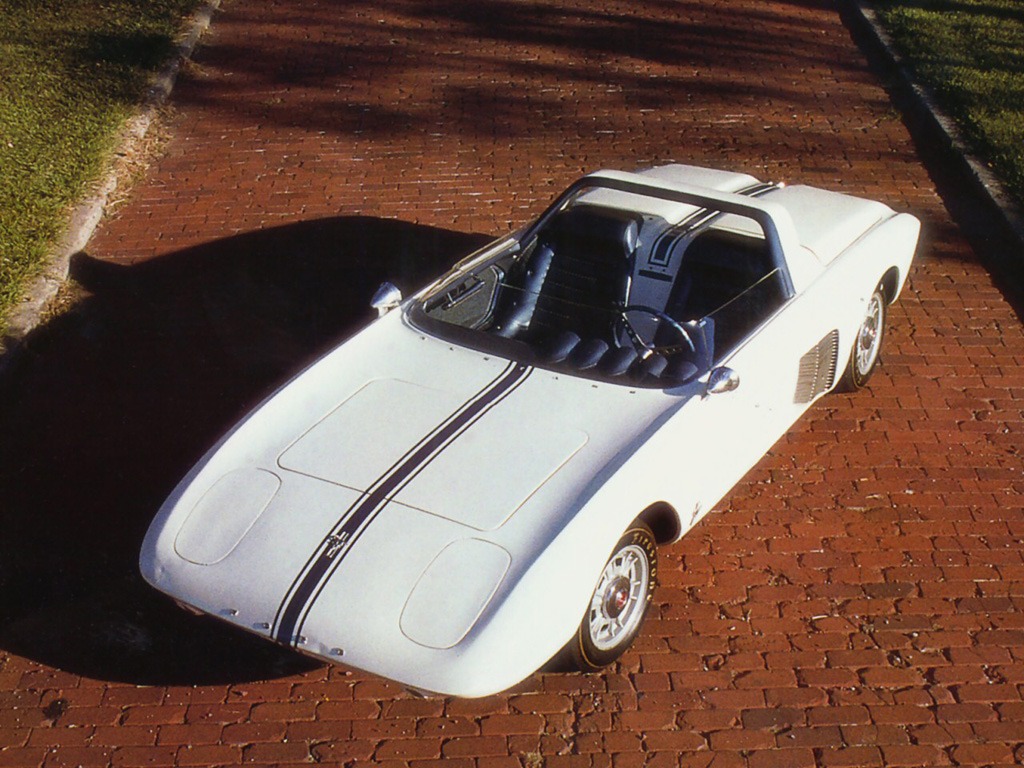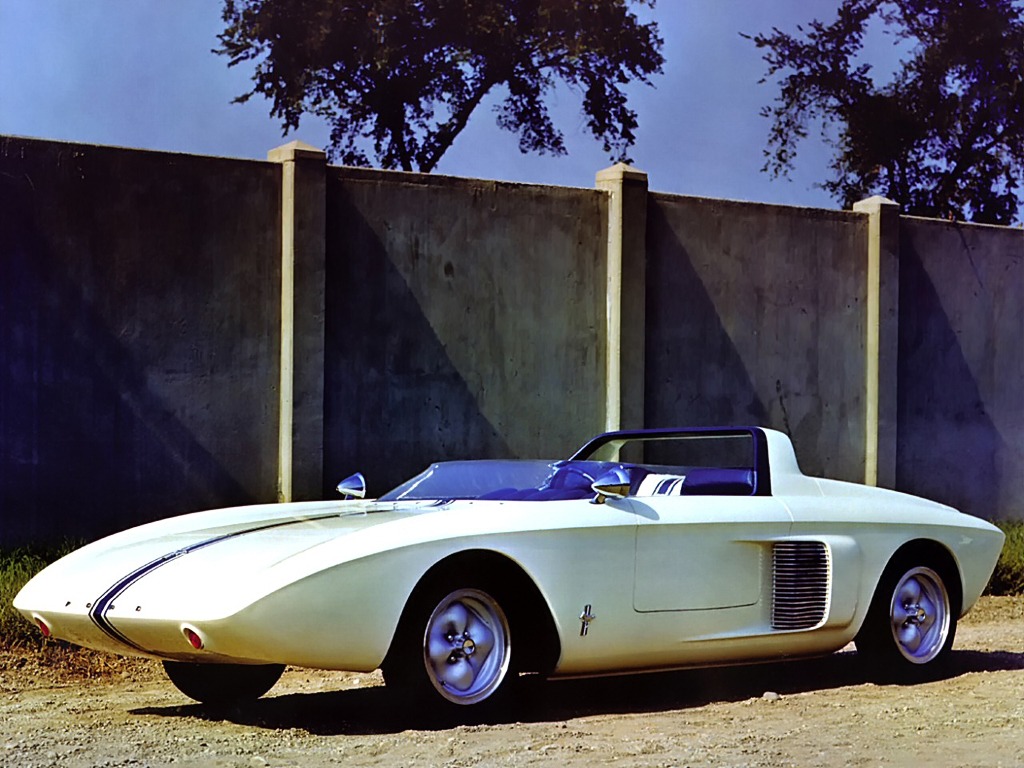While many concept cars have pointed the way towards production models, other have not. One vehicle that falls decisively into the latter category is Ford’s Mustang I, which can be seen as the first tentative step along a road which eventually led to the arrival of the definitive best-selling Mustang in 1964.
This car was the brainchild of Lee Iacocca, newly appointed chairman of the company’s Division, who recognized that the post-war baby boom was due to reach adulthood in the 1960s. Market research told him that this new youthful generation would instantly respond to a sporty car, in fact just the type of vehicle that Ford was not building.
Total Performance
Iacocca argued that having bought such a model, customers would invariably remain loyal to the marque for the rest of their purchasing lives. It was for such hard-nosed marketing reasons that Ford introduced its so-called Total Perfomance programme.
Mustang I represented the starting point of this shift in corporate emphasis, although, paradoxically, it was a small car by American standards and very European in concept.
This was because Roy Lunn, one of the key players in the project, was an Englishman who had emigrated to America in 1958 to become head of the company’s advanced engineering department.
There, he and fellow engineer, Frank Theyleg, had in 1959 conceived the idea of taking the compact V4 engine created in the US for Ford Germany’s Taunus 12M saloon, and mid-locating it in a sports car. It was an approach that would be applied to Mustang I.
Lunn became the project’s product planner, and the car was engineered by Herb Misch, latterly of Studebaker, and styled by veteran Ford designer Gene Bordinat.
Mid-engined
An uncompromising two-seater, the 1.9 litre Ford V4 engine was mounted amidships and secured in a multi-tubular frame. Suspension, unusually for an American automobile, was all independent.
The engine’s position meant that Bordinat was able to design a low roadster body with a chisel-shaped nose. Its clean lines were in striking contrast to the befinned and chromed excesses of the previous decade.
The Mustang I was well received by the crowds at its debut at the US Grand Prix of October 1962, and the company produced a second non-running example for display at motor shows.
But Ford then decided not to continue with such a sophisticated design that, in truth, did not lend itself to mass production. Instead it proceeded with its sportly, conventionally engined, four-seater of 1963 that emerged as the definitive model in the following year. It went on to become one of the fastest-selling cars in the history of the American automobile.
Wood, Jonathan (1997) Concept Cars, Paragon, ISBN 0-75252-084-9.
















